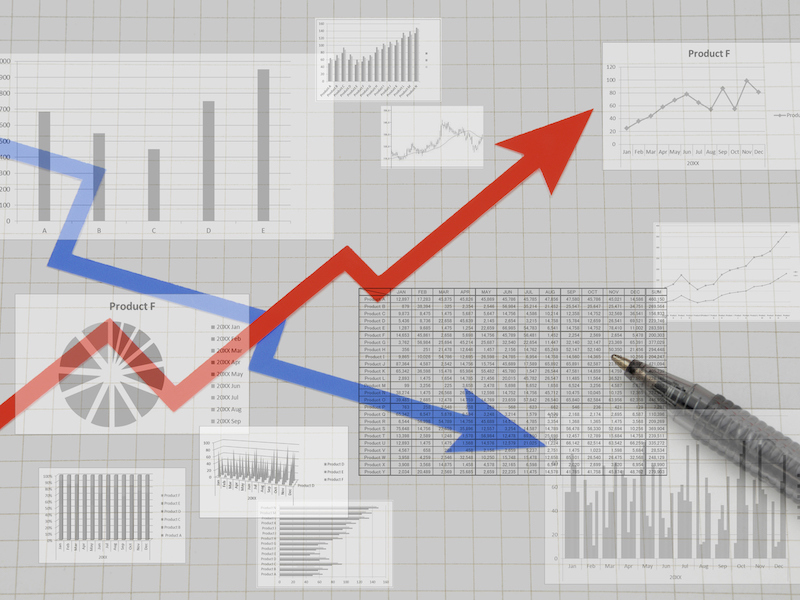
Economic growth slowed in April and Statistics Canada said Thursday its early estimate for May pointed to a contraction for the month amid weakness in the resource, manufacturing and construction sectors.
The agency said growth in April was led by the mining, quarrying and oil and gas extraction sector and client-facing industries as real gross domestic product advanced 0.3% for the month compared with a 0.7% gain in March.
However, its early estimate for May indicated a contraction of 0.2% for the month. The official reading for the month is expected on July 29.
Stephen Brown, senior Canada economist at Capital Economics, said the preliminary estimate for May came as a shock, but added that it appeared to have been partly due to temporary factors.
“Amid elevated commodity prices and cuts to supply elsewhere, we would be surprised if activity in the mining, oil and gas sector failed to bounce back in June,” Brown wrote in a report.
“Likewise, as there are now signs that global product shortages are easing, manufacturing activity should also rebound over the coming months.”
The reading on the economy comes ahead of the Bank of Canada’s next interest rate decision set for July 13. Economists widely expect the central bank to raise its key interest target with many expecting a supersized increase of three-quarters of a percentage point.
The central bank is trying to bring inflation, which hit 7.7% in May, back under control.
RBC economist Claire Fan said despite the surprise decline for May, the economy is still running firmly above long-run capacity limits, evident by the low unemployment rates.
“And inflation remains uncomfortably high at levels well above the central bank’s target,” Fan wrote in a report.
However, Fan said RBC expects growth to slow more significantly as the year progresses, pointing to high inflation and rising borrowing costs biting more into households’ spending power.
For April, Statistics Canada said the mining, quarrying and oil and gas extraction sector grew by 3.3%, as oil and gas extraction gained 3.9%.
Oilsands extraction rose 5.6%, the largest monthly increase since September 2020, while oil and gas extraction excluding the oilsands grew 1.6%.
The accommodation and food services sector added 4.6%, as food services and drinking places grew 3.5% to top pre-pandemic levels. Accommodation services rose 7.2%.
The arts, entertainment and recreation sector rose 7.0% , but was still 12% below its February 2020 level.
The real estate sector contracted 0.8% in April as activity at the offices of real estate agents and brokers dropped 15%, the largest contraction since April 2020.